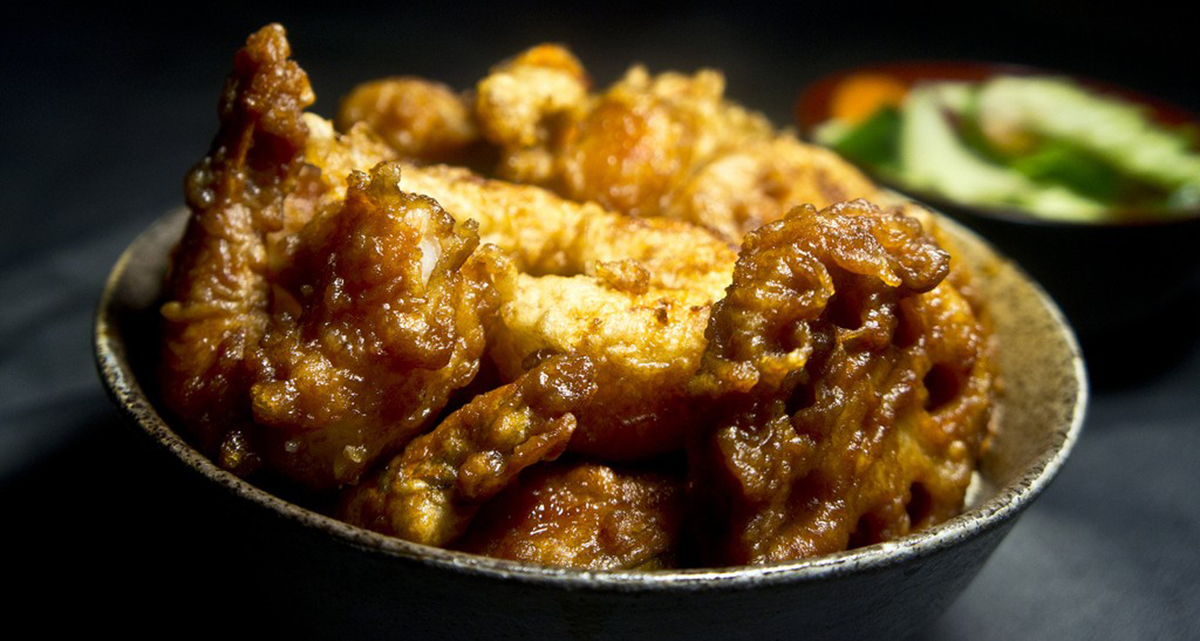Table of Contents
Deep Fried Foods
While fat itself does not have a major impact on blood sugar levels, damaged oils, like those found in fried foods have an impact on diabetic risk factors and should be avoided. Foods should be grilled or baked with non-heated oils added after the cooking process.

Potatoes
Potatoes are a high glycemic index food, especially when they are overcooked. Fried, potato chips, mashed potatoes and roasted potatoes are particularly problematic and should be avoided.
White Flour
Baked goods and breads made with white flour could be problematic for people with diabetes. Firstly, these products have a higher glycemic index than their wholegrain varieties and are also less nutritious and lacking in fibre.
Sugar-laden Foods
While it is fairly obvious that a diabetic should avoid adding regular sugar, most us are not even fully aware of how much hidden sugar is contained in our everyday foods. Everything from yogurt, beverages, deli-meats, cereals, crackers, salad dressings, sauces and prepared meals can contain sugar.
One teaspoon of sugar contains 5g of carbohydrates. When reading labels look for the carbohydrate content of the food (which should also indicate how much of that is actual sugar) and compare it to those 5g. For example if your yogurt contains 20g of carbohydrate you can equate that to 4 teaspoons of sugar.
Fat-Free Products
The problem with –fat-free products is that they are often laden with carbohydrates and sugar. Firstly, something has to take over for the loss of fat in the product and sugars also add flavour to fat-free products. Again, reading labels is crucial in making an informed decision about whether the product is suitable for diabetics.
Fruit Juice
Even if your fruit juice is 100% natural and contains no added sugar it is still full of natural sugar, called fructose. Gram for gram regular apple juice for example has as much sugar as a coca-cola. If you do drink fruit juice it needs to be diluted with water to lower its sugar content. Juices with pulp and those made from the lower glycemic index fruits are more suitable but should still be diluted or even avoided.
Energy Drinks
Don’t become bamboozled by the health claims attached to energy drinks. They are generally just glorified, flavored pure glucose and caffeine. The diet or lite versions of these drinks could provide an alternative but cannot really provide much energy and will be loaded with artificial sweeteners. Its nest to stay away in general.
Commercial Cookies, Biscuits and Cakes
Again, these are white flour based products but come with an added warning: they are loaded with hydrogenated fats (or trans fatty acids). These substances, which are produced when liquid oil is converted into a solid, are actually banned in parts of the United States and Europe due to their adverse health effects. The facts of trans fatty acids are similar to saturated fats, which means that they could contribute to heart disease and cancer risk.
Breakfast Cereals
Don’t be fooled by breakfast cereal box advertising.
There are also very few box cereals that do fit into the low glycemic index category. They do sometimes provide a wholegrain and fibre source but diabetics are far better off eating more unadulterated grains for breakfast like raw mueslis, rolled oats and quinoa.
See Also: 10 Dangerous Foods For Diabetics
Foods Containing High-fructose corn syrup
High fructose corn syrup (HFCS) is a syrup derived from corn that has undergone a process of turning some of its glucose into fructose to achieve a desired level of sweetness. Because of its ease and cheapness to produce and its extreme sweetness, HFCS has become a very popular ingredient over regular sucrose (cane sugar) in breads, cereals, breakfast bars, lunchmeats, yogurts, soups and condiments. In 1984 the coca-cola and Pepsi companies replaced sucrose with HFCS. The adverse effects of HFCS are similar to those of high carbohydrate intake in general but may be more pronounced. This one is a big no-no for diabetics.
- Photo courtesy of Alpha by Flickr : www.flickr.com/photos/avlxyz/3899674459
- Photo courtesy of Emily Carlin by Flickr : www.flickr.com/photos/emiline220/4343406017
- Photo courtesy of Ruocaled by Flickr : www.flickr.com/photos/ruocaled/8173155762


Your thoughts on this